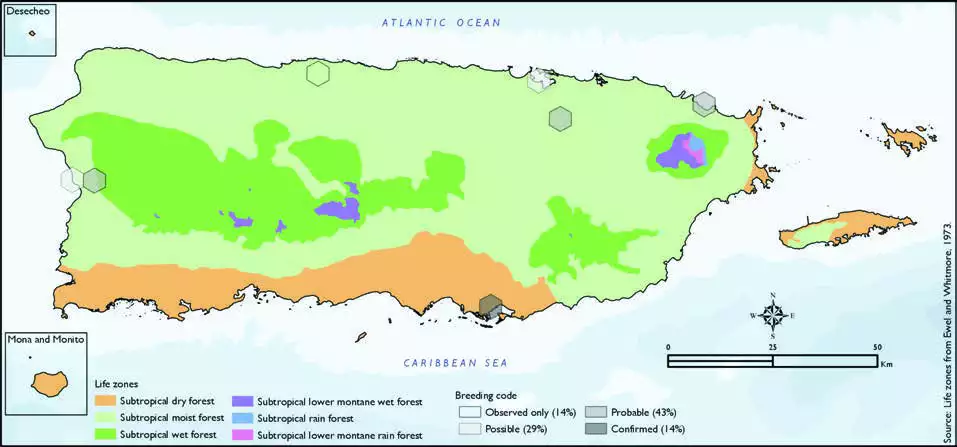Orange-winged Parrot
Description
The orange-winged amazon (Amazona amazonica), also known locally as orange-winged parrot and loro guaro, is a large amazon parrot. It is a resident breeding bird in tropical South America, from Colombia, Trinidad and Tobago south to Peru, Bolivia and central Brazil. Its habitat is forest and semi-open country. Although common, it is persecuted as an agricultural pest and by capture for the pet trade (over 66,000 captured from 1981 to 1985). It is also hunted as a food source. Introduced breeding populations have been reported in Puerto Rico and Tenerife in the Canary Islands.
The orange-winged amazon is a mainly green parrot about 33 cm (13 in) long and weighing about 340 g. It has blue and yellow feathers on its head which varies in extent between individuals. The upper mandible is partly horn colored (gray) and partly dark-gray. It has orange feathers in the wings and tail, which can be seen when in flight. The male and female are identical in external appearance.
Distribution & Habitat
The Orange-winged Parrot is native to central and northern
South America, and to Trinidad
and Tobago (Raffaele and
others 1998). It is introduced on
Martinique and Puerto Rico, in
the latter being uncommon in
the metropolitan area of San Juan
where it occurs in small numbers
(Raffaele and others 1998). More
recently, it has been described
as a self-sustaining population
which has expanded is range
from sites of original introduction
(Falcón and Tremblay 2018).
It usually inhabits lowland second-growth forests (Raffaele
and others 1998). The atlas
fieldwork yielded a total of nine
records within seven hexagons
or 1.5 percent of the 479 total
hexagons (see map). Of the
seven hexagons where this
species was found, breeding
met the atlas definition of
confirmed in 14 percent (one)
of the hexagons, probable in
43 percent (three), and possible
in 29 percent (two), while the
species was observed in an
additional hexagon (14 percent)
but without evidence of breeding
(see map). Orange-winged Parrot distribution. The map shows the highest breeding code by hexagon and overlaying the ecological life zones
in Puerto Rico. Note: percentages may not total 100 due to rounding. 199Orange-winged Parrot/Cotorra Alianaranjada

Breeding Habits
The Orange-winged Parrots nest has not yet been found
on Puerto Rico (Raffaele and
others 1998). Atlas results suggest
that this species breeds from
December to March and also
during June, July, and October
(see chart). Results (see table
and map) show that this species
breeds primarily in the lowlands
mostly within the subtropical
moist forest life zone (83 percent
of the hexagons) but also in the
subtropical dry forest life zone
(17 percent of the hexagons).
Conservation
The current global population trend of the Orange-winged
Parrot has not been quantified
or assessed, but the species is
described as fairly common
(Stotz and others 1996).
Nevertheless, the population is
suspected to be in decline due
to ongoing habitat destruction
and hunting. It is currently listed
as a species of least concern by
the IUCN (BirdLife International
2018). Sighting trends in Puerto
Rico indicate that the introduced
population is stable (Falcón and Tremblay 2018). Locally,
this species is not listed in any
of the threatened categories of
PRDNER and USFWS. In Puerto
Rico, the Orange-winged Parrot
has a protected habitat in land
of about 4 percent or 6 km2 of the total area covered by the
hexagons where evidence of
breeding was found for this
species (143 km2).
Related Species
Family:
parrot